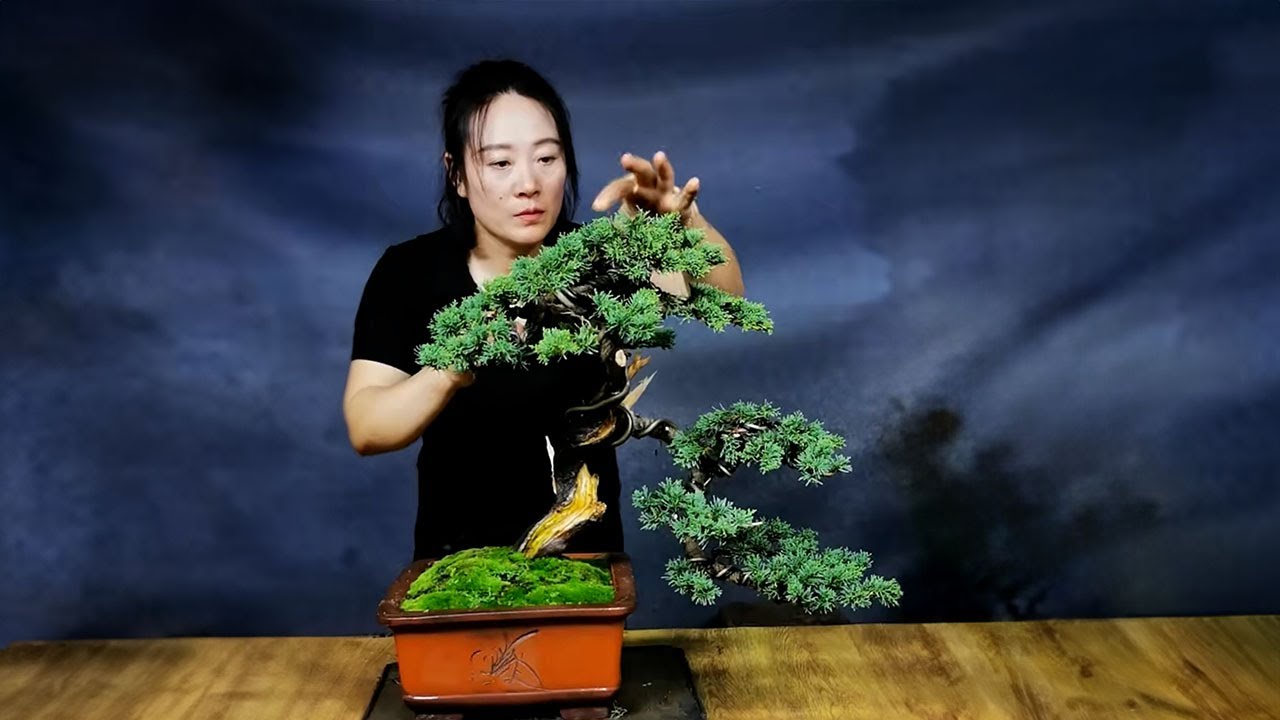We allow advertising on this website to support the blog. Some of content on this website was created with the help of AI.
I have always been captivated by the art of bonsai and the intricate techniques involved in shaping these miniature trees. In this comprehensive guide, I will share my knowledge and experiences on mastering bonsai bending techniques – a skillful art that allows us to manipulate bonsai with precision and creativity.
Introduction
When it comes to the art of bonsai, mastering bending techniques is like unlocking a secret world of creativity and beauty. I have delved deep into the realm of bonsai bending, learning the intricacies and finesse required to sculpt nature’s marvels into awe-inspiring miniature masterpieces.
Getting Started with Bonsai Bending
Using the Right Tools
In my journey, I have found that having the correct tools, such as bonsai wire cutters and pliers, is essential for precise and controlled bending.
Understanding Tree Physiology
Before diving into bending, it’s crucial to grasp the basics of tree physiology. Knowing how branches grow and respond to bending helps in avoiding damage and promoting healthy growth.
Patience is Key
Bonsai bending is a gradual process that requires patience. Rushing the bending can harm the tree and hinder its overall health.
Types of Bonsai Bending Techniques
Wiring
Wiring is a fundamental technique in bonsai bending that involves wrapping aluminum or copper wire around branches to guide their growth and shape.
Guying
Guying is used to pull branches or the trunk in a specific direction over time. This technique is best suited for larger and heavier branches.
Clip and Grow Method
The clip and grow method involves allowing a branch to grow freely and then trimming it back to shape the bonsai. This technique is great for promoting ramification.
Enhancing Bonsai Techniques with Effective Keyword Research
In the digital age, mastering bonsai bending techniques goes hand in hand with understanding the importance of keyword research in SEO. Keywords act as the guiding wires, shaping your online presence and driving organic traffic to your website.
Short-Tail vs. Long-Tail Keywords
Just like different bonsai bending techniques, keywords come in two main types: short-tail and long-tail. Short-tail keywords are broad and competitive, while long-tail keywords are more specific and target niche audiences.
Utilizing Tools like Google Keyword Planner
Much like bonsai tools, using tools like Google Keyword Planner is crucial for effective keyword research. These tools provide valuable insights into search volume, competition, and trends.
Analyzing Competitors’ Keywords
Similar to studying bonsai experts, analyzing competitors’ keywords can offer valuable insights and inspiration for refining your own keyword strategy.
Optimizing Content with Semantic Keywords
In SEO optimization, utilizing semantic keywords is akin to adding rich compost to the soil. These keywords provide context and depth to your content, enhancing its relevance and visibility.
Staying Up-to-Date with Trends
Just as bonsai techniques evolve, staying up-to-date with changing search trends is essential for adapting and refining your keyword strategy to stay ahead in the digital landscape.
Conclusion
Mastering bonsai bending techniques is an art form that requires dedication, practice, and a keen eye for detail. By integrating effective keyword research into your online presence, you can sculpt a flourishing digital garden that captivates and engages your audience.
FAQs
- What are the best tools for beginners to start learning bonsai bending techniques?
- How can I prevent over-bending branches while practicing bonsai manipulation?
- Which type of keywords should I prioritize in my SEO strategy: short-tail or long-tail?
- How frequently should I update my keyword strategy to adapt to changing search trends?
- Is it necessary to invest in premium keyword research tools, or are there reliable free alternatives available?



